Tuberculosis is a disease that can leave behind sequelae, leading to long-term health problems despite advances in treatment. It is estimated that about 1/5 of people who are treated for tuberculosis will experience sequelae.
In particular, pneumonia and lung dysfunction can continue after the patient completes the tuberculosis treatment process. The sequelae of pulmonary tuberculosis occurring in the lungs or in the cardiovascular system, nerves, etc. can seriously affect the patient's health. In some cases, the patient may need lifelong monitoring and management of the sequelae after pulmonary tuberculosis treatment.
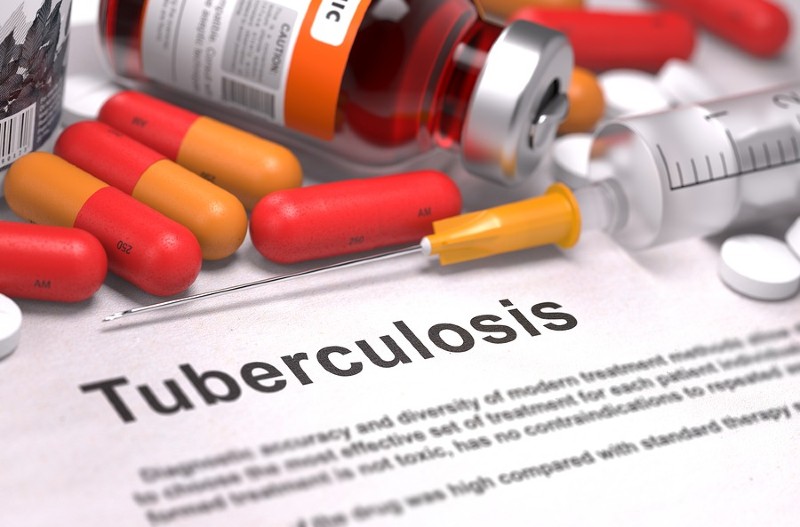 |
| Tuberculosis is a disease that can leave behind sequelae, leading to long-term health problems despite advances in treatment. |
Sequelae of pulmonary tuberculosis are the result of untreated or untimely treated inflammation and infection, with continuous changes in lung parenchyma, blood vessels, airways and lung surface during treatment, as well as after completion of treatment.
These sequelae can be symptomatic or asymptomatic. Patients need to be examined by a doctor to detect sequelae and rule out other active diseases.
Even when pulmonary tuberculosis is successfully treated, there is still a possibility of sequelae related to the central and peripheral airways, pleura, lung parenchyma, leading to narrowing, dilation of the airways, fibrosis, emphysema, changes in pulmonary blood vessels, and pleural fibrosis.
The patient's quality of life often declines due to tuberculosis recurrence, secondary infections, susceptibility to reinfection, persistent inflammation, progressive decline in lung function, and increased risk of cardiovascular disease and cancer.
It is important that people with pulmonary tuberculosis need to comply with and maintain a full treatment regimen, and have regular check-ups as prescribed by their doctor to proactively detect, prevent, and treat possible sequelae after pulmonary tuberculosis treatment.
Patients with pulmonary tuberculosis may experience sequelae after pulmonary tuberculosis treatment due to severe illness, late detection or treatment, inappropriate medication, and failure to comply with the regimen prescribed by the doctor.
Some sequelae after tuberculosis treatment that patients may experience include: Pleural effusion and pneumothorax; pulmonary fibrosis; bronchiectasis; chronic respiratory failure; hemoptysis; meningitis;
Aspergillosis; bronchial stones (calcification); superinfection; septic shock; extensive lung destruction; tuberculosis of multiple organs; chronic cor pulmonale and malignancy. Research shows that pulmonary tuberculosis is associated with an increased risk of lung cancer.
The possible sequelae of pulmonary tuberculosis treatment that patients may encounter have been partly answered. So how is pulmonary tuberculosis treated?
Doctors at Tam Anh General Hospital in Ho Chi Minh City recommend that patients take medication as prescribed by their doctor as the main method of treating pulmonary tuberculosis.
Some drugs that can be prescribed by doctors to treat pulmonary tuberculosis are Pyrazinamide (PZA), Ethambutol (EMB), Rifampin (RIF), Isoniazid (INH), etc. Patients may have to use a combination of drugs or use drugs for a long period of time to ensure effective treatment and kill tuberculosis bacteria.
Patients should not arbitrarily reduce the dose or stop using the drug to avoid the situation of drug-resistant tuberculosis bacteria developing more strongly.
When being treated for pulmonary tuberculosis, patients need to take time off from school and work for the first few weeks to months (or as advised by the doctor). Isolation helps limit the risk of pulmonary tuberculosis patients transmitting tuberculosis bacteria to people around them.
People with pulmonary tuberculosis or those experiencing sequelae after pulmonary tuberculosis treatment should visit and receive treatment at medical facilities specializing in this field.
During and after the treatment of pulmonary tuberculosis, patients must strictly follow the treatment regimen, care, change living and eating habits as prescribed and advised by the doctor. After completing the treatment process, patients must go to the medical facility for regular check-ups or immediately see a doctor when experiencing unusual symptoms or signs.
Proactively applying a scientific diet and lifestyle to improve overall health is also a way to help prevent or reduce complications after tuberculosis treatment.
Tuberculosis patients in general and post-treatment patients in particular need to apply a scientific nutritional regimen, prioritizing foods rich in vitamins A, C, E, vitamin B complex, protein, and zinc. Patients need to avoid smoking, drinking alcohol, taking more time to rest, and getting enough sleep.
At the same time, you should regularly exercise and train your body through gentle exercises, keep your body clean and your living environment clean.
Patients need to be taken to a medical facility for a follow-up visit on schedule, so that the doctor can promptly detect any abnormalities (if any) and suggest appropriate and effective treatment.
Source: https://baodautu.vn/qua-nhieu-bien-chung-cua-benh-lao-phoi-phong-chong-cach-nao-d225561.html


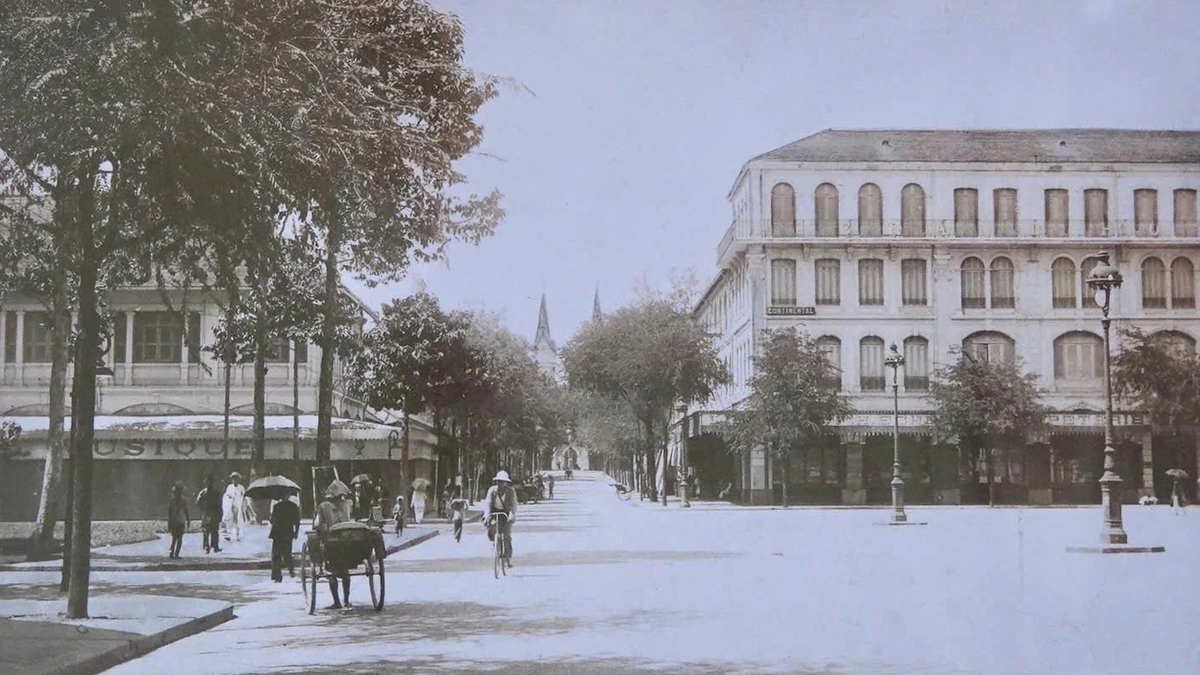
![[Photo] National Assembly Chairman Tran Thanh Man holds talks with Hungarian National Assembly Chairman Kover Laszlo](https://vphoto.vietnam.vn/thumb/1200x675/vietnam/resource/IMAGE/2025/10/20/1760952711347_ndo_br_bnd-1603-jpg.webp)
![[Photo] Chairman of the Hungarian Parliament visits President Ho Chi Minh's Mausoleum](https://vphoto.vietnam.vn/thumb/1200x675/vietnam/resource/IMAGE/2025/10/20/1760941009023_ndo_br_hungary-jpg.webp)
![[Photo] Solemn opening of the 10th Session, 15th National Assembly](https://vphoto.vietnam.vn/thumb/1200x675/vietnam/resource/IMAGE/2025/10/20/1760937111622_ndo_br_1-202-jpg.webp)
![[Photo] The Steering Committee of the 2025 Fall Fair checks the progress of the organization](https://vphoto.vietnam.vn/thumb/1200x675/vietnam/resource/IMAGE/2025/10/20/1760918203241_nam-5371-jpg.webp)






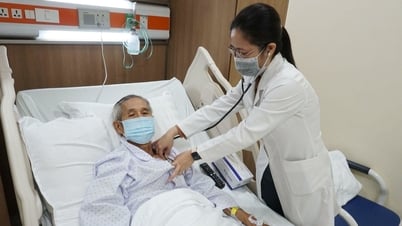

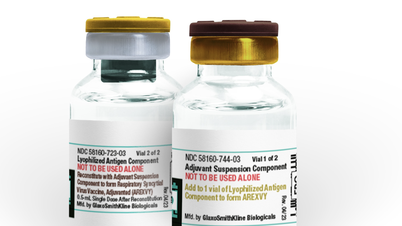
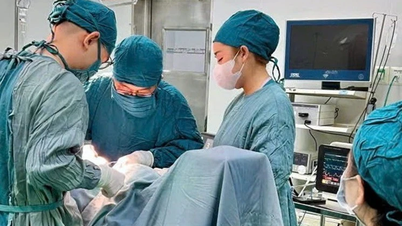




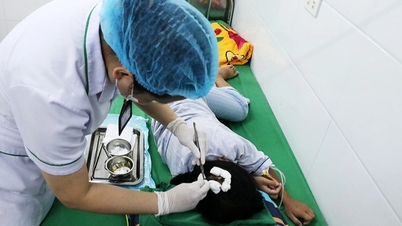

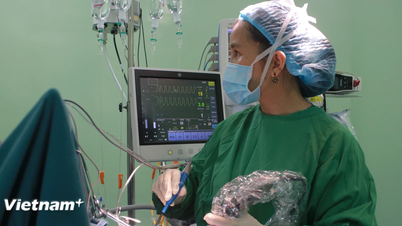













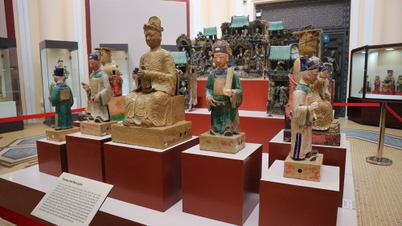



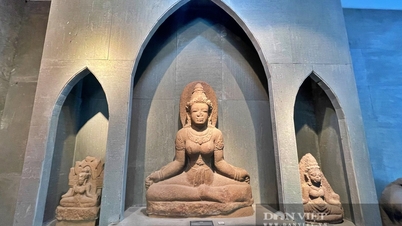


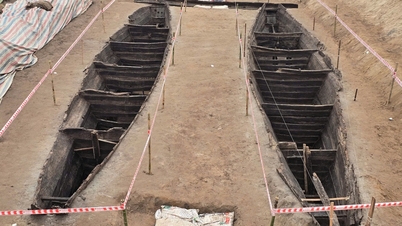
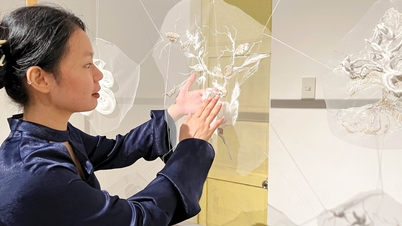






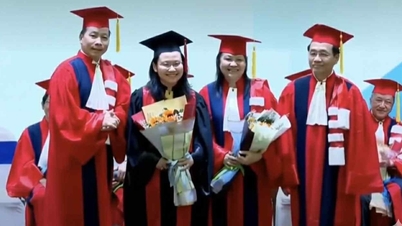



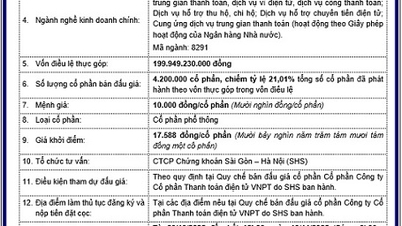

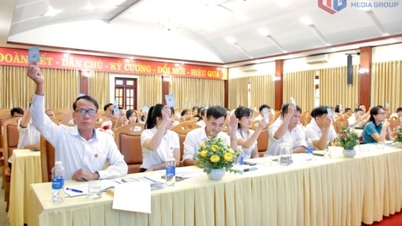



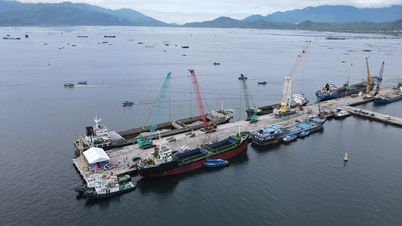

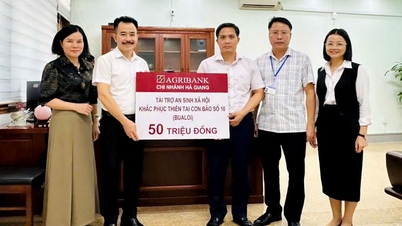








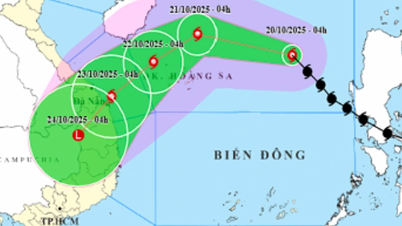

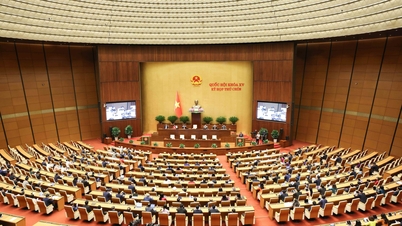



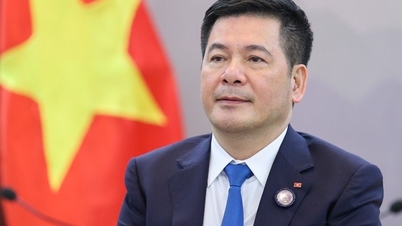





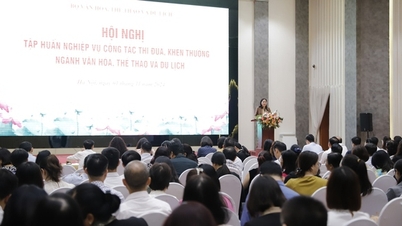

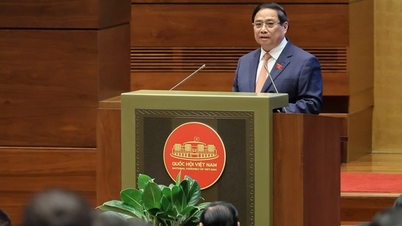






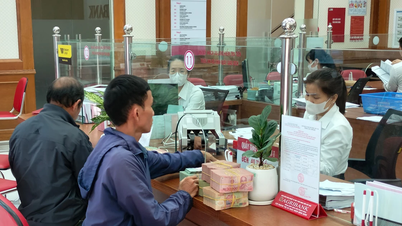


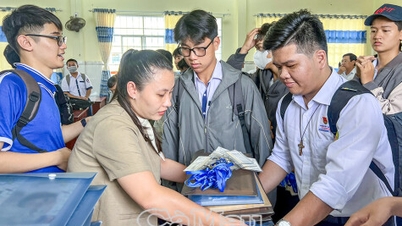


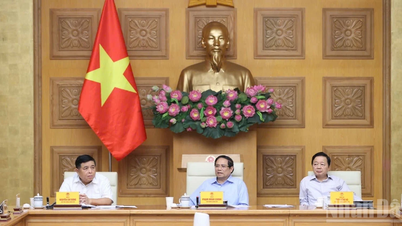
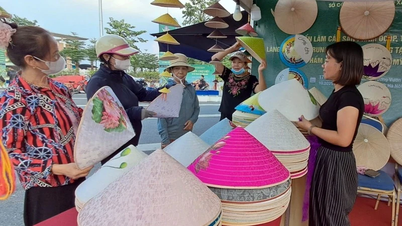
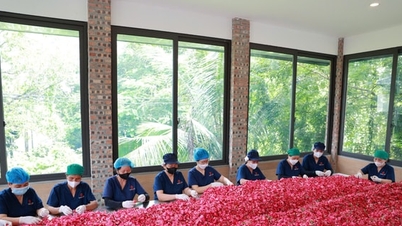









Comment (0)